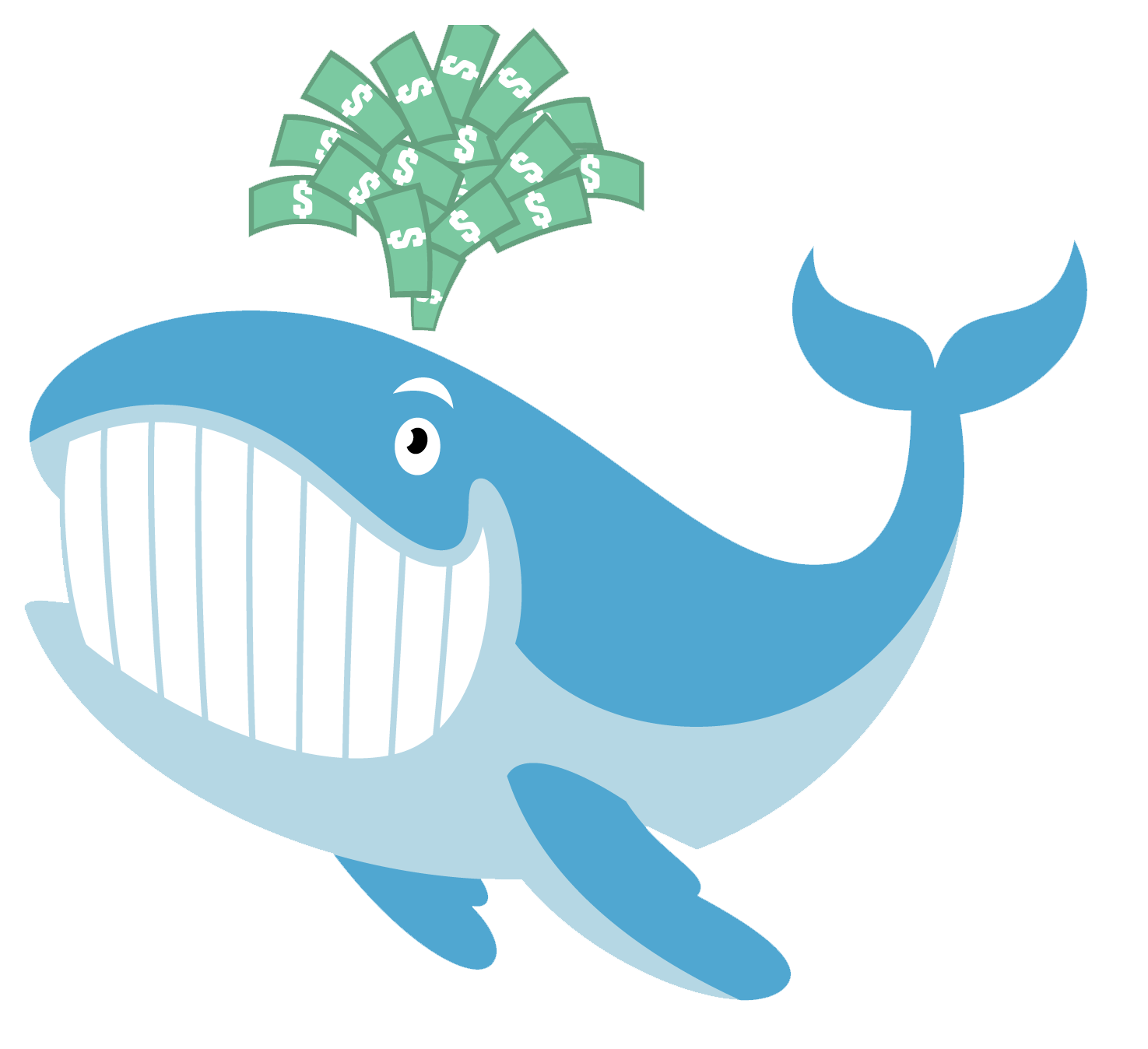Traders now see a roughly 60% chance of an emergency quarter-point cut within one week
Bond traders are increasingly betting that the U.S. economy is heading toward a sharp downturn, prompting speculation that the Federal Reserve might need to aggressively ease monetary policy — possibly before its next scheduled meeting — to prevent a recession.
Concerns about high inflation have largely faded, replaced by fears that economic growth could stall unless the Fed starts lowering interest rates from their highest level in over 20 years. Traders now estimate there’s about a 60% chance of an emergency quarter-point rate cut within the next week.
This has sparked one of the most significant bond market rallies since the banking crisis fears of March 2023. The rally has been so pronounced that the two-year Treasury yield dropped by half a percentage point last week to below 3.9%. This is the lowest it has been compared to the Fed's benchmark rate — currently around 5.3% — since the global financial crisis or the aftermath of the dot-com bubble.
The rally continued on Monday, with the 10-year yield reaching 3.7%. Speculation about more aggressive easing has spread to other regions, with German yields falling to their lowest in seven months as investors anticipate that the European Central Bank will also implement significant rate cuts.
“The market is concerned that the Fed is lagging and that we are shifting from a soft landing to a hard landing,” said Tracy Chen, a portfolio manager at Brandywine Global Investment Management. “Treasuries are a good buy right now because I believe the economy will keep slowing.”
Futures traders are pricing in the equivalent of about five quarter-point cuts from the Fed by year-end, suggesting expectations for unusually large half-point reductions during its final three meetings of the year. Such large downward moves haven't been seen since the pandemic or the credit crisis.
For the ECB, the market is now anticipating a half-point cut in September for the first time in this cycle, with a total of 90 basis points of easing expected for the rest of the year.
However, bond traders have often misjudged interest rate trends since the end of the pandemic, sometimes overshooting in both directions and being surprised by stronger-than-expected economic performance or unexpected inflation trends. At the end of 2023, bond prices surged on the belief that the Fed would soon start easing policy, only to fall back when the economy showed surprising resilience.
There’s a possibility that the current market move could also be an overreaction.
“The market is getting ahead of itself, similar to what we saw late last year,” said Kevin Flanagan, head of fixed income strategy at WisdomTree. “We need more data to validate these moves.”
Sentiment has shifted significantly following recent data showing a weakening job market and cooling in various economic sectors. On Friday, the Labor Department reported that employers added only 114,000 jobs in July, well below economists’ expectations, and the unemployment rate unexpectedly increased.
